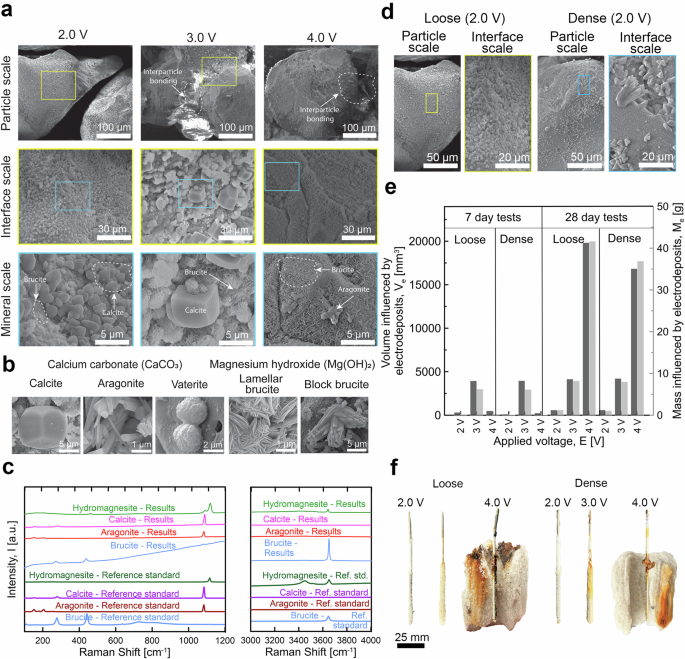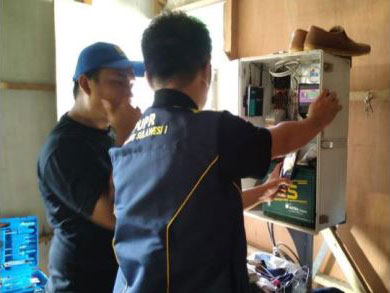2024-08-22 ノースウェスタン大学
<関連情報>
- https://news.northwestern.edu/stories/2024/august/fighting-coastal-erosion-with-electricity/
- https://www.nature.com/articles/s43247-024-01604-3
海洋シリカサンドにおける海水からの石灰質セメントの電着 Electrodeposition of calcareous cement from seawater in marine silica sands
Andony Landivar Macias,Steven D. Jacobsen & Alessandro F. Rotta Loria
Communications Earth & Environment Published:22 August 2024
DOI:https://doi.org/10.1038/s43247-024-01604-3

Abstract
The erosion of marine sediments is a pressing issue for coastal areas worldwide. Established methods to mitigate coastal erosion fail to provide lasting and sustainable solutions to protect marine ecosystems. Here we demonstrate the application of mild electrical stimulations to precipitate calcareous mineral binders from seawater in the pores of marine soils via electrodeposition, an alternative approach to mitigating coastal erosion. Results of electrochemical laboratory experiments unveil that the polymorphs, precipitation sites, intrusion mechanisms, and effects of electrodeposited minerals in marine sands vary as a function of the magnitude and duration of applied voltage, soil relative density, and electrolyte ionic concentration. Surprisingly, in addition to the precipitation of calcium carbonate and magnesium hydroxide, the formation of hydromagnesite is also observed due to electrically driven fluctuations in the local pH. These electrodeposits lead to enhanced mechanical and hydraulic properties of the marine sands, indicating that electrodeposition routes could be developed to reinforce marine soils in coastal areas that more closely mimic natural systems.



